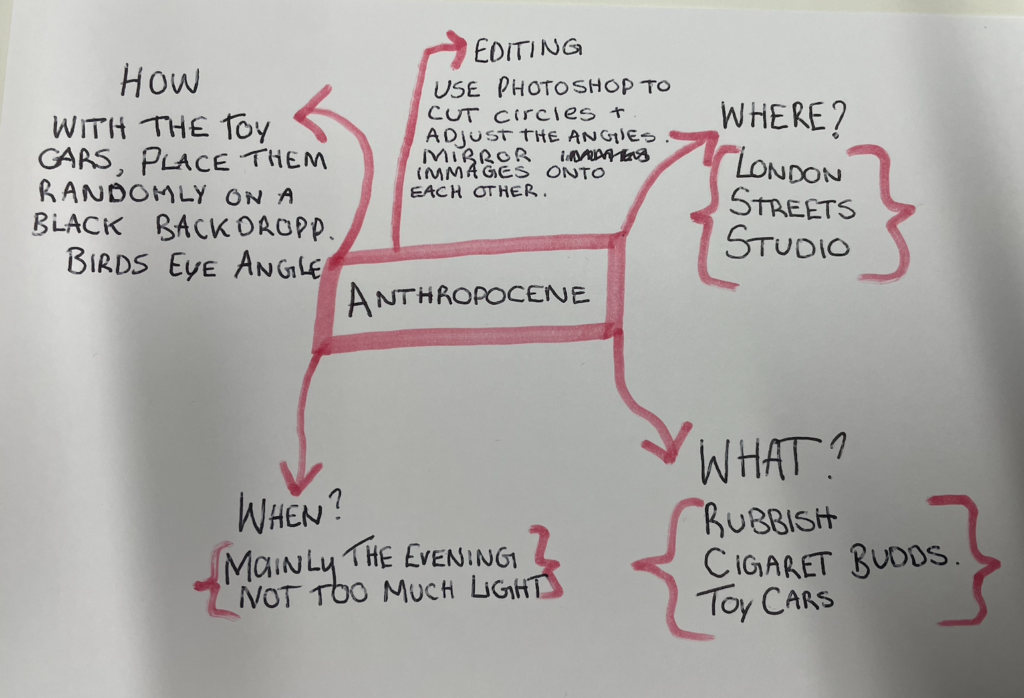
Anthropocene Mind Map


Anthropocene is a period of time which we are currently in as human activities have impacted the environment enough to constitute a distinct geological change. This is evident as earths temperature is rising rapidly every year and is showing no signs of slowing down.



For my final outcome I will do a landscape project and abstract project, looking at the photographers David Maisel and Vilde Rolfsen.

What is Anthropocene ?
The Anthropocene Epoch is an unofficial unit of geologic time, used to describe the most recent period in Earth’s history when human activity started to have a significant impact on the planet’s climate and ecosystems.




How and why are photographers exploring this concept?
The time many people refer to as “Anthropocene”. Humans have become the single most influential species on the planet, causing significant global warming and other changes to land, environment, water, organisms and the atmosphere. The world is getting progressively more polluted so photographers are trying to raise awareness about this issue.
Mandy barker

Mandy Barker is an international award-winning photographic artist whose work involving plastic debris in oceans for more than 13 years. Working with scientists she aims to raise awareness about plastic pollution in the world’s oceans, highlighting the harmful affect on marine life, climate change and ultimately ourselves – leading the viewer to take action. her work has been published in over 50 different countries to illustrate key academic and scientific research papers about current plastic research.





Edward Burtynsky

Edward Burtynsky is a Canadian photographer and artist known for his large format photographs of industrial landscapes. He works in places around the world that represent the increasing development of industrialization and its impacts on nature and the human existence. His work often connected to the concept of sublime.

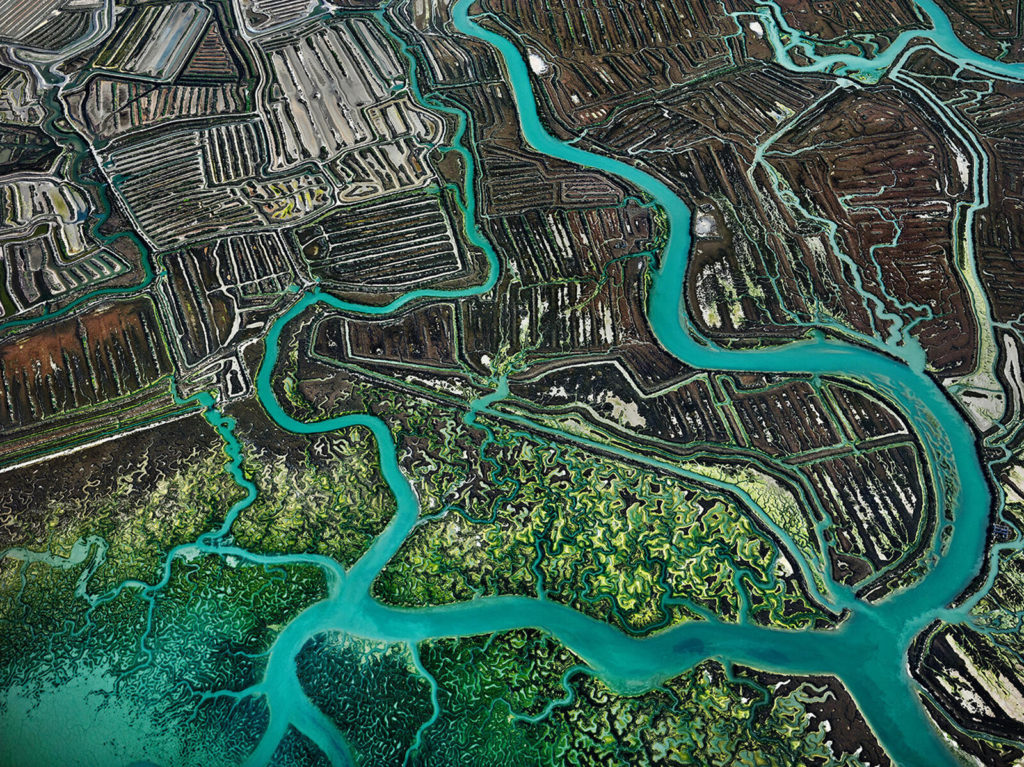



Both Artists have similarities and differences in their style of work. Mandy barker focuses on collecting plastic waste and laying them out to give them a sense of characteristic and beauty but also aims to spread awareness about the severity of todays pollution. Where as Edward Burtynsky takes photos of the more overall view of pollution and how it is manipulating our surroundings and our lifestyle. His style of art work gives the world a more dystopian look.

Robert Adams (born May 8, 1937) is an American photographer who has focused on the changing landscape of the American West. His work first came to importance in the mid-1970s through his book ‘The New West’ (1974) and his participation in the exhibition ‘New Topographics: Photographs of a Man-Altered Landscape’ in 1975.

This image is in black and white and has the darkest part of the image being the shadow cast under the mobile home and the lightest being the walls of the homes.
The composition of the image is 2 homes next to a road, with one cloud in the sky.


To create photos inspired by the Anthropocene an open mind is needed, so that you can capture the environment from a different point of view than normal- seeing just how damaging human impact on the world is.
The Anthropocene, a term coined by biologist Eugene Stoermer in the 1980s and popularized by chemist Paul Crutzen in 2000, emphasizes how human actions shape the environment in all its physical, chemical, and biological characteristics. Photography inspired by the Anthropocene captures both natural and urban landscapes, the natural landscapes typically including human waste or destroyed scenery. The urban landscapes include both abandoned areas as well as busy areas to show how humans interact with what they have created and the ways they changed the environment to do so.
During this project, I will try to show the reality of our world, capturing the Anthropocene in my shots. I want my photos to be very emotive yet also interesting, combining different techniques to do this. I am inspired by several different photographers, some whose work has a deeper meaning and some who plainly show our impact on our surroundings.
A exact typology is a sole photograph or more commonly a bulk of photographic work, that shares a extreme level of consistency. This consistency is mostly found inside the subjects, surroundings, photographic process, and performance or direction of the subject.

Typology was created by the German artists Bernd and Hilla Becher, who began working together in 1959 and married in 1961.
Hilla Becher was a German theoretical photographer. Becher was well known for her industrial photographs, or typologies, with long-time collaborator and husband, Bernd Becher.

You never notice arbitrary details in my work. On a formal level, countless interrelated micro and macrostructures are woven together, determined by an overall organizational principle.
– Andreas Gursky

Gursky, born 15th January 1955 in East Germany, is a visual artist focused on presenting deadpan and hyper focused images with no favour to either foreground or background.
Beginning his studies under Bernd and Hilla Becher in the early 1980s at the Düsseldorf Kunstakademie, Gursky was influenced heavily by their work. He was also influenced by the New Topographics movement happening in America around this time. His recent works are of the digitally manipulated kind – with multiple images being taken and repeated across the canvas to create a whole image.
His work has been exhibited in many collections across the world, most notable being the MoMA in New York, the Tate Modern in London and the Centre Pompidou in Paris. He also holds the record for the highest price paid at auction for a single photographic work.
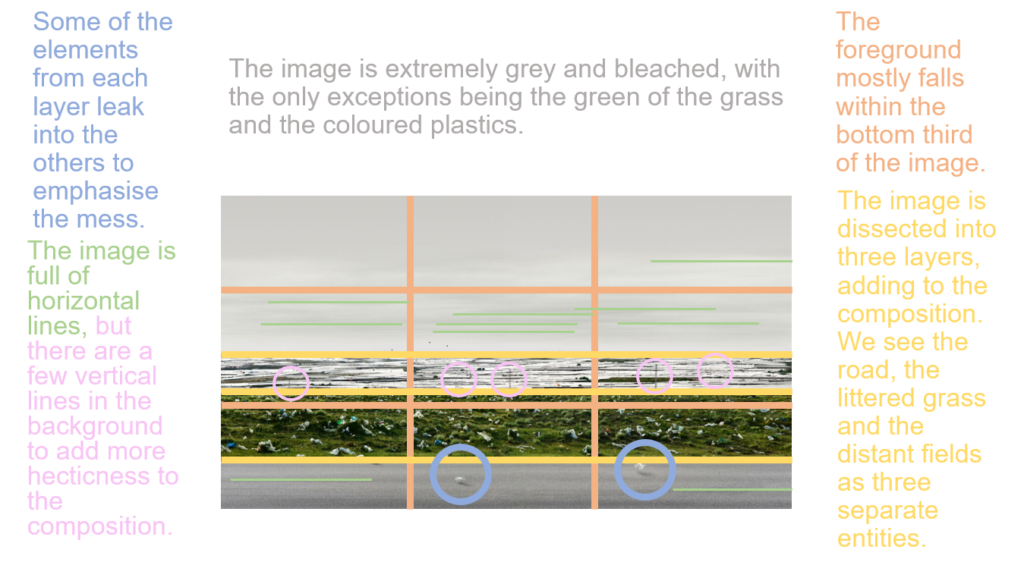

Edward Burtynsky is a Canadian photographer and artist who often takes photographs of grandiose industrial landscapes. His works portrays locations from around the world that represent the increasing growth of industrialization and its influence on nature and the human existence.
Burtynsky uses a field camera with a large format. He takes his photos from a high vantage points like helicopters, small jets, soaring platforms

Axel Braun
Axel Braun collects case studies on contentious infrastructure projects in order to trace humanity’s development as a geological force. His studies focus on human-altered landscapes as by-products of discourses and processes that describe the techno sphere as it brings forth the Anthropocene.
I have done research on his work and have decided it is very similar to what I would like to achieve/ recreate for this project.

To recreate this i could go to certain reservoirs around Jersey, specifically Val De Le Mar in St Ouens:


This image contrasts with urban and nature, to the left with electric towers and also man made slanted walls to the side of the river. Then to the right juxtaposing with the river and headline of trees, there is mist which creates a more urban/ dark feeling.
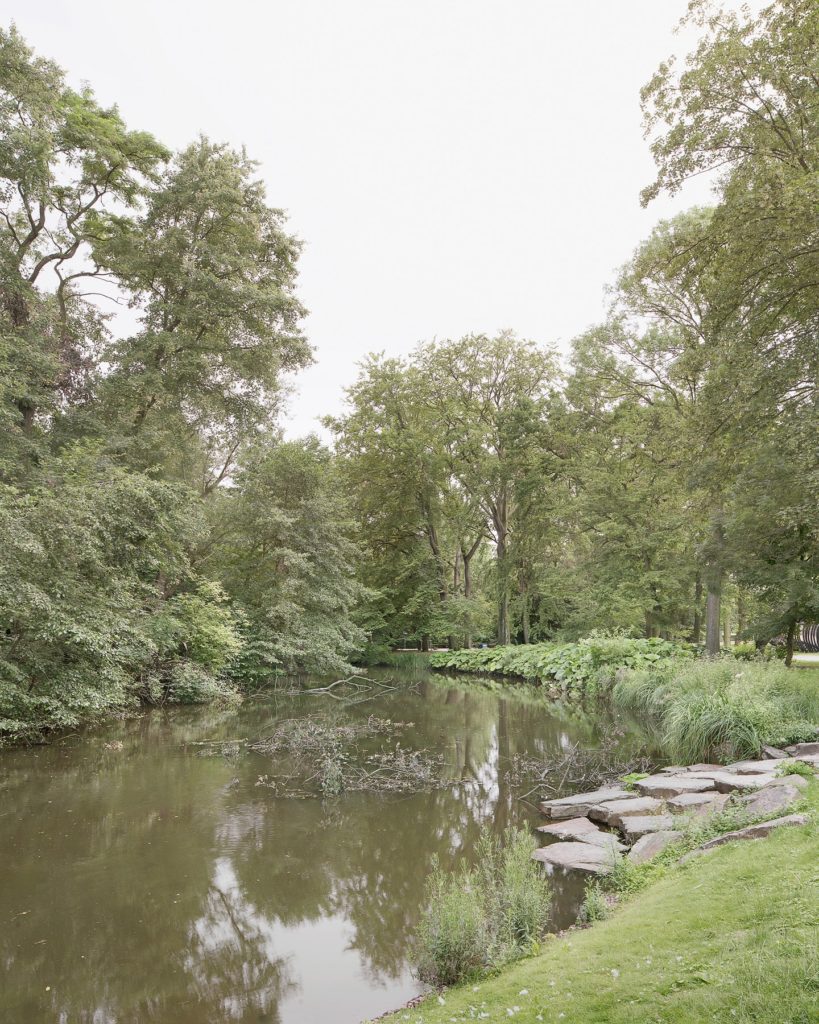
This image is demonstrating the style in Anthropocene i was aiming to focus on, Land erosion, I like the effect it gives off with the trees almost being under the water but you can still see them. The rocks on the right that look as if they are resembling ‘stepping stones’ it adds how there is still some sort of man made structures and that humans are always usually apart of the picture in some way.
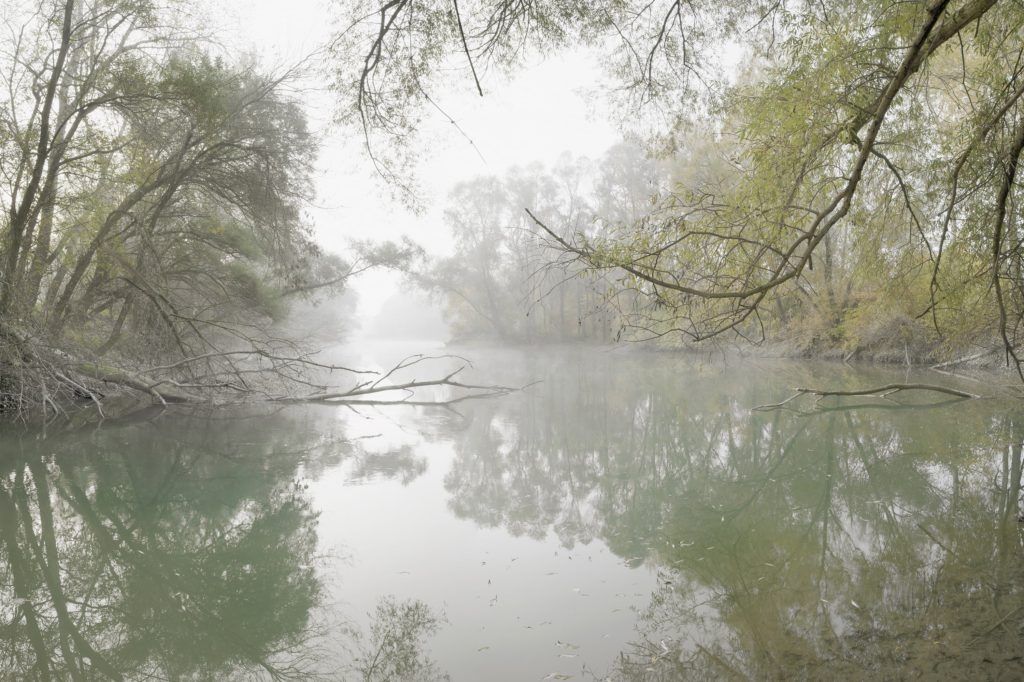

This image interests me the most as it fits in with the topic quite well whilst also being able to photograph nature. This is something I look to include in my photoshoot.
Mandy Barker is an award winning British photographic artist whose work involving marine plastic debris has received global recognition. Her work has been exhibited, published and collected worldwide.

with this photo she was doing it for protest of the 2014 world cup, how she did it she got a sheet of black velvet and put one of the washed up balls in the middle of it and took a photo then in photo shop layered them all on top each other

all of Mandy bakers photos are created with stuff she finds on the beach and then she edits it to make nice patterns and i think its to show look how much plastic and waste is in our oceans.